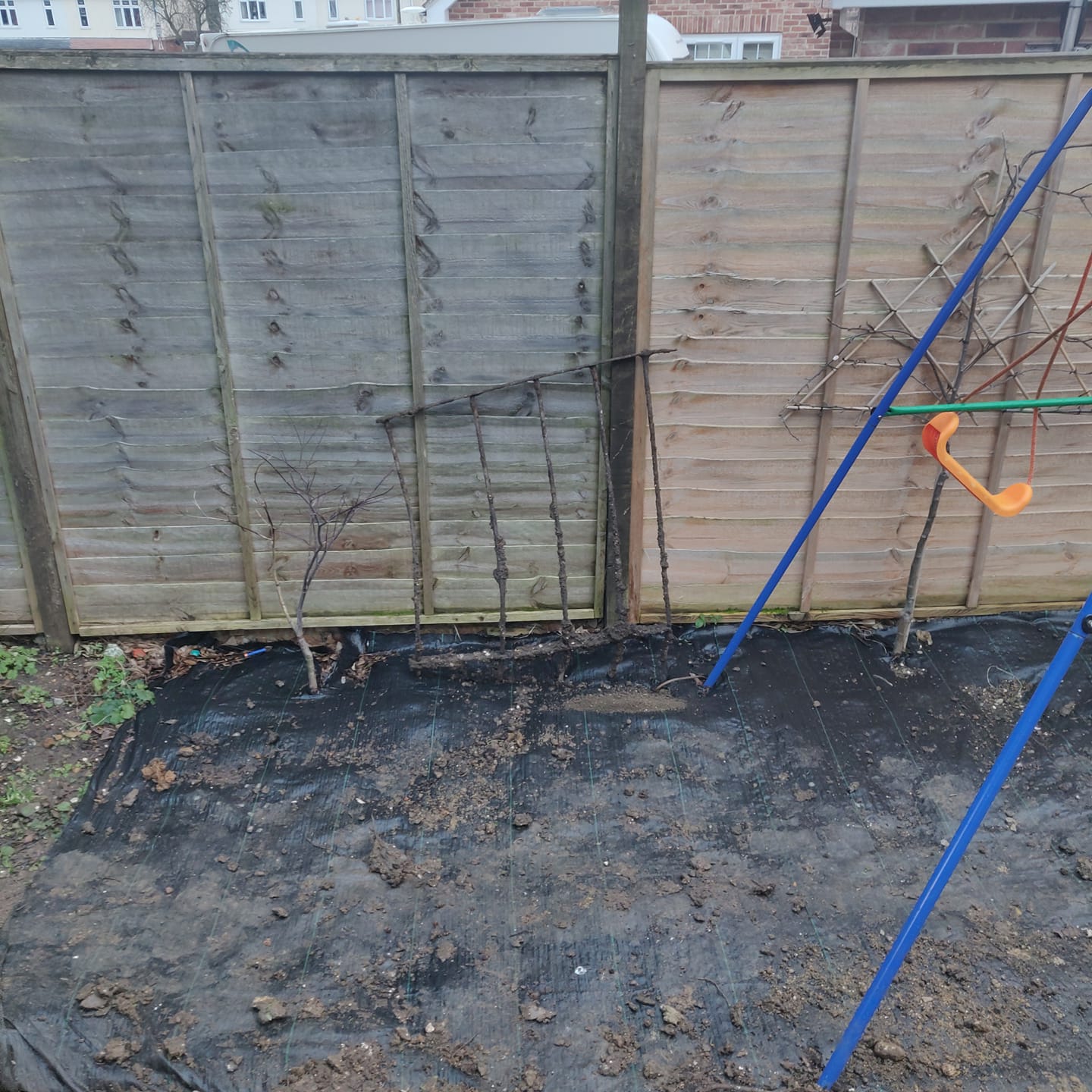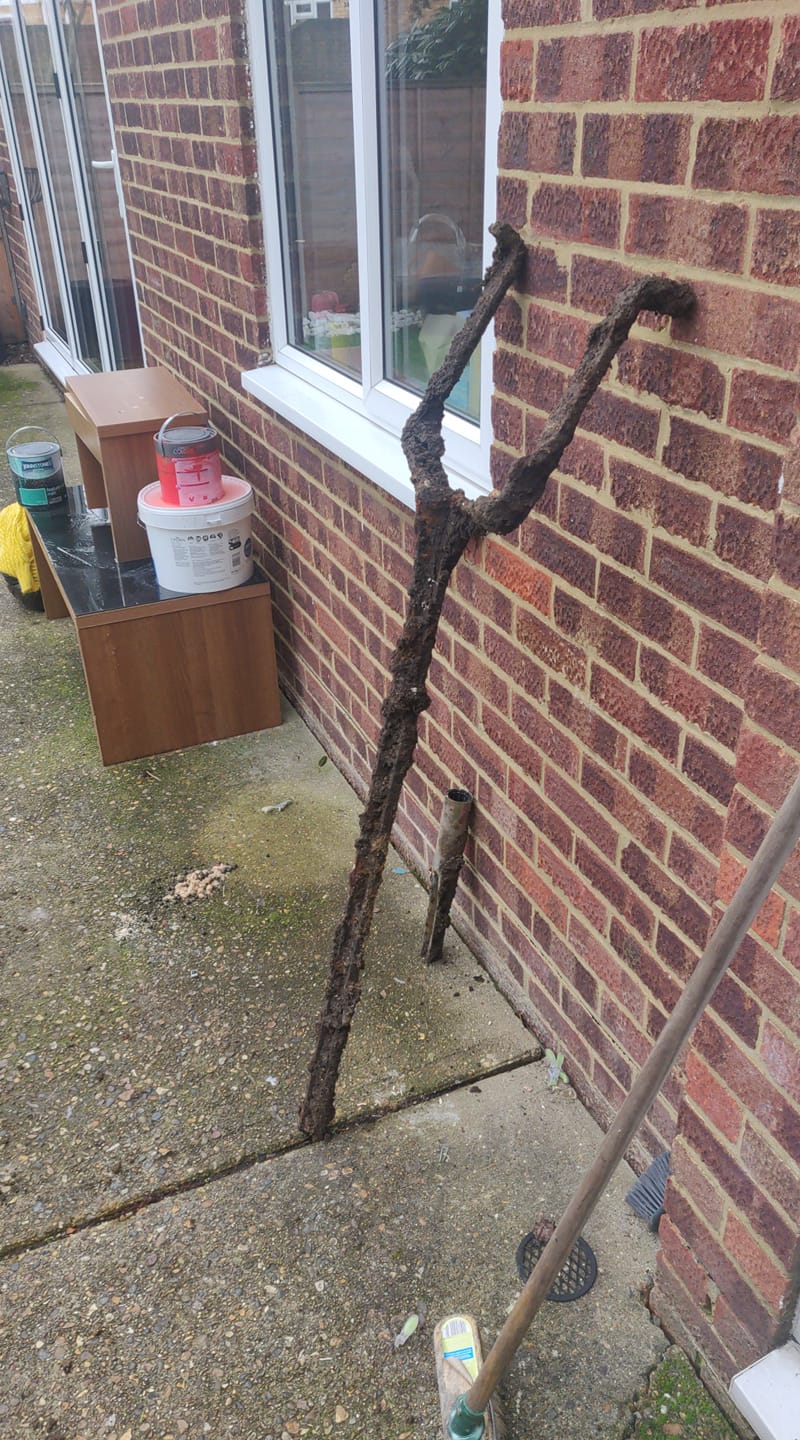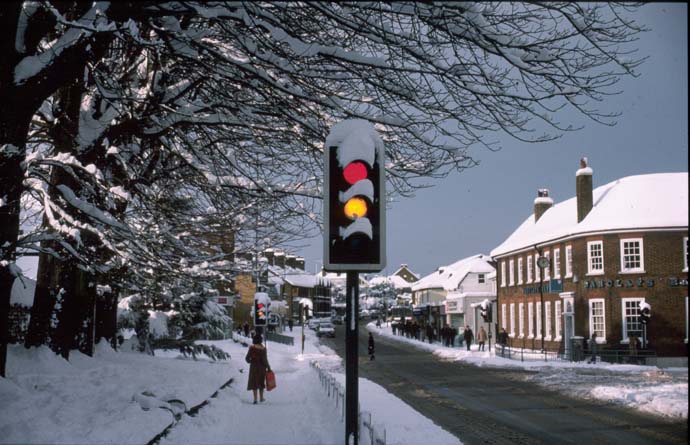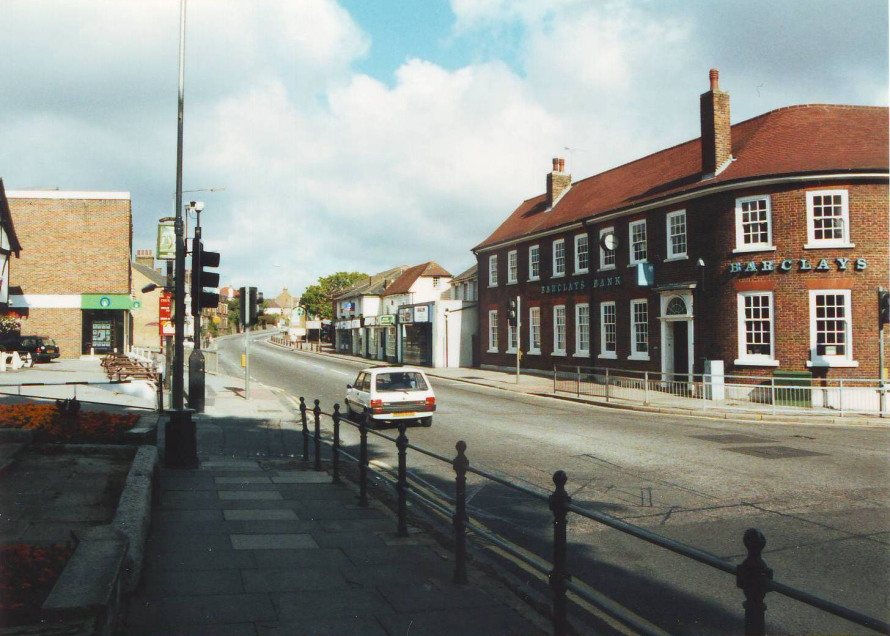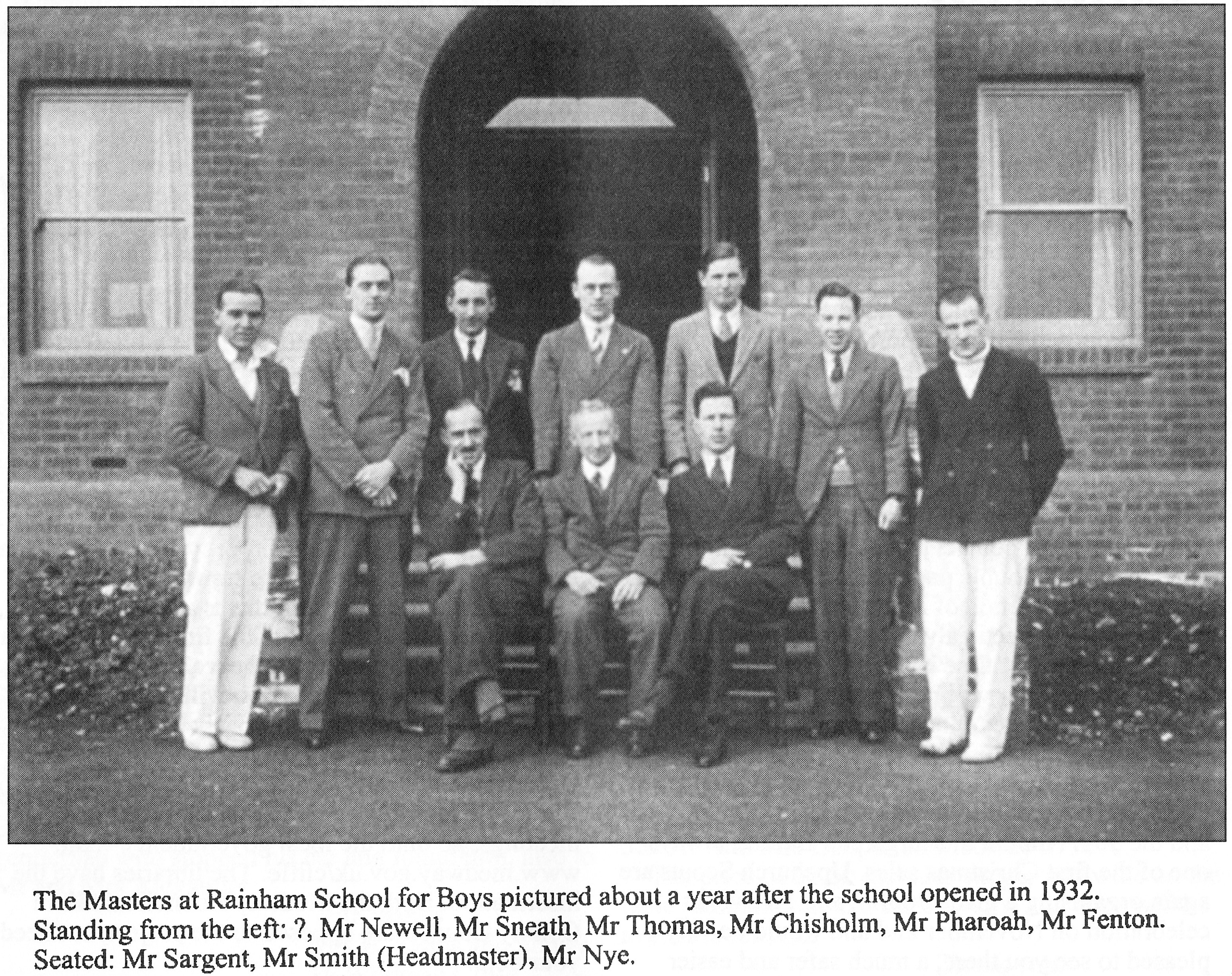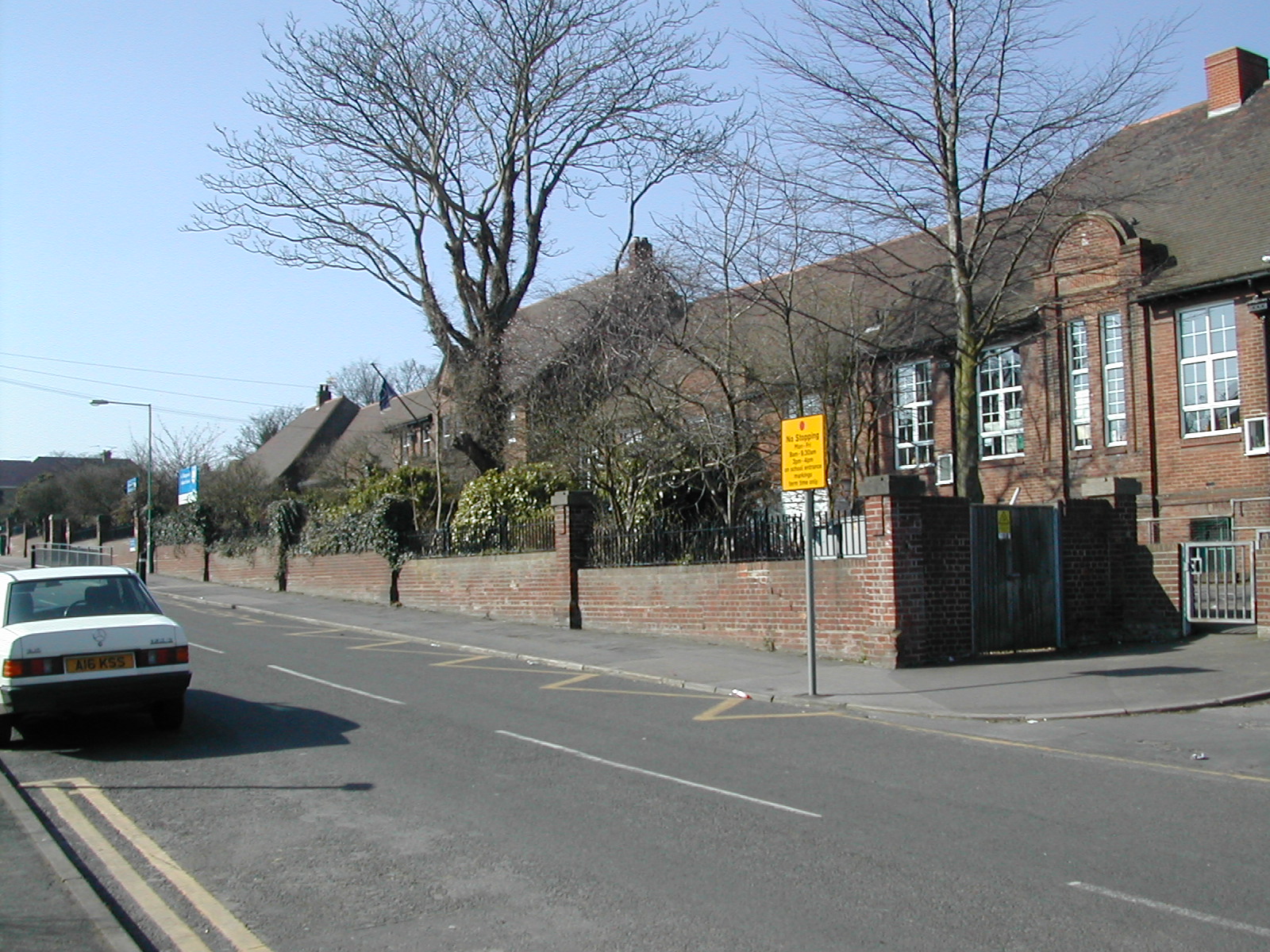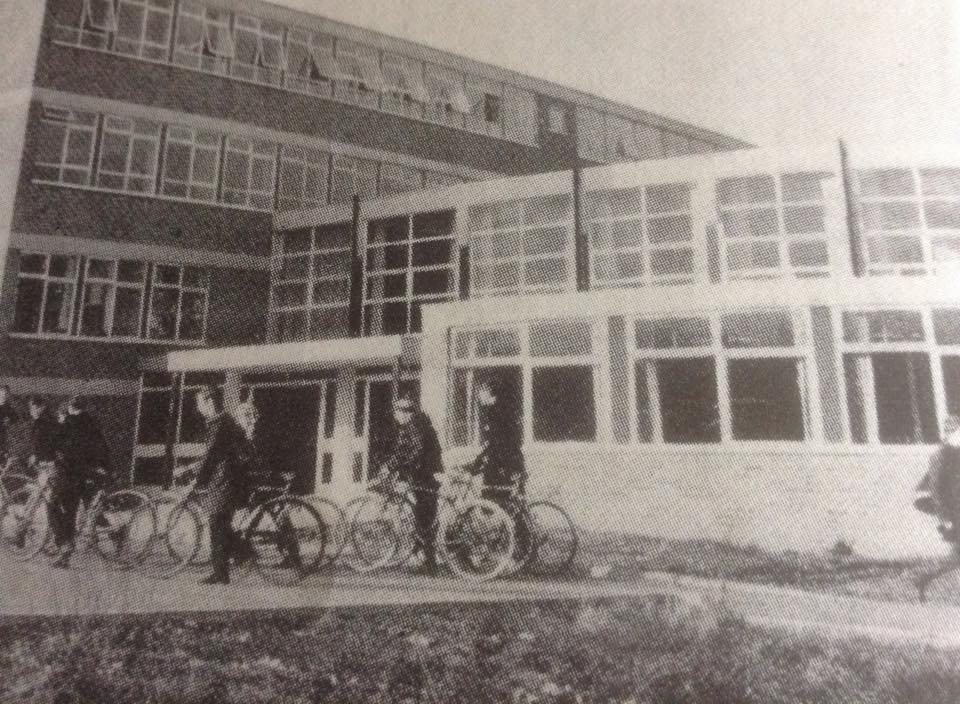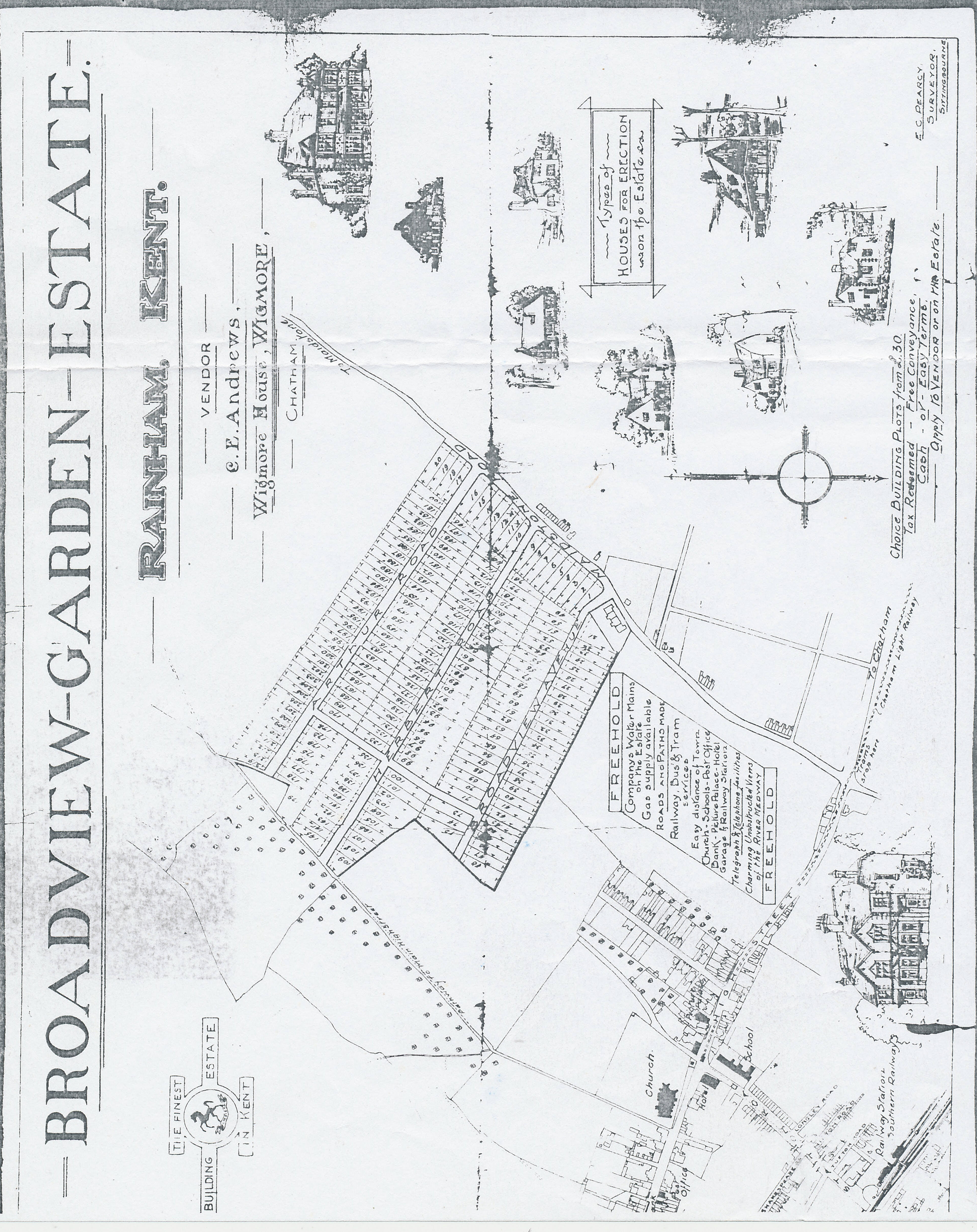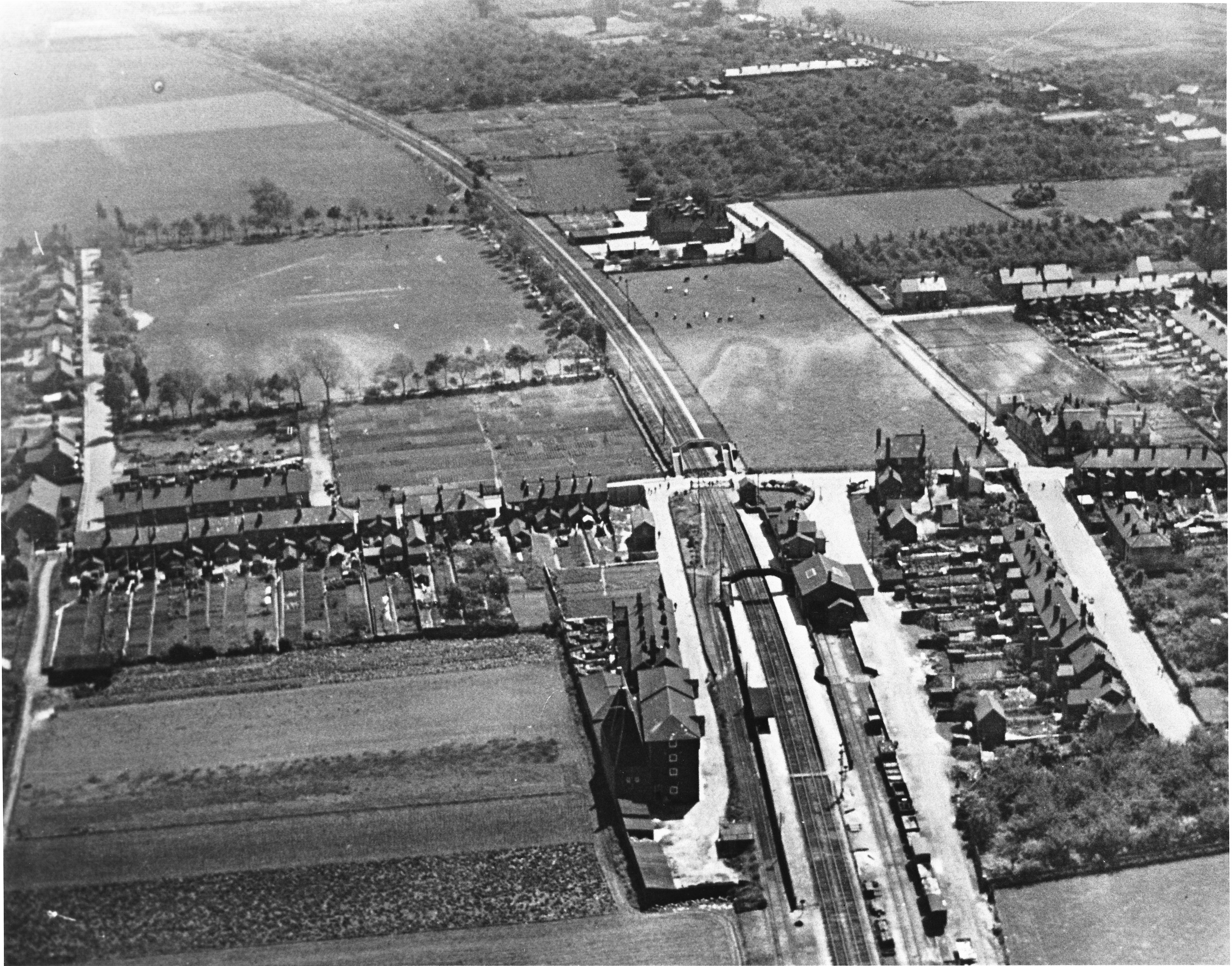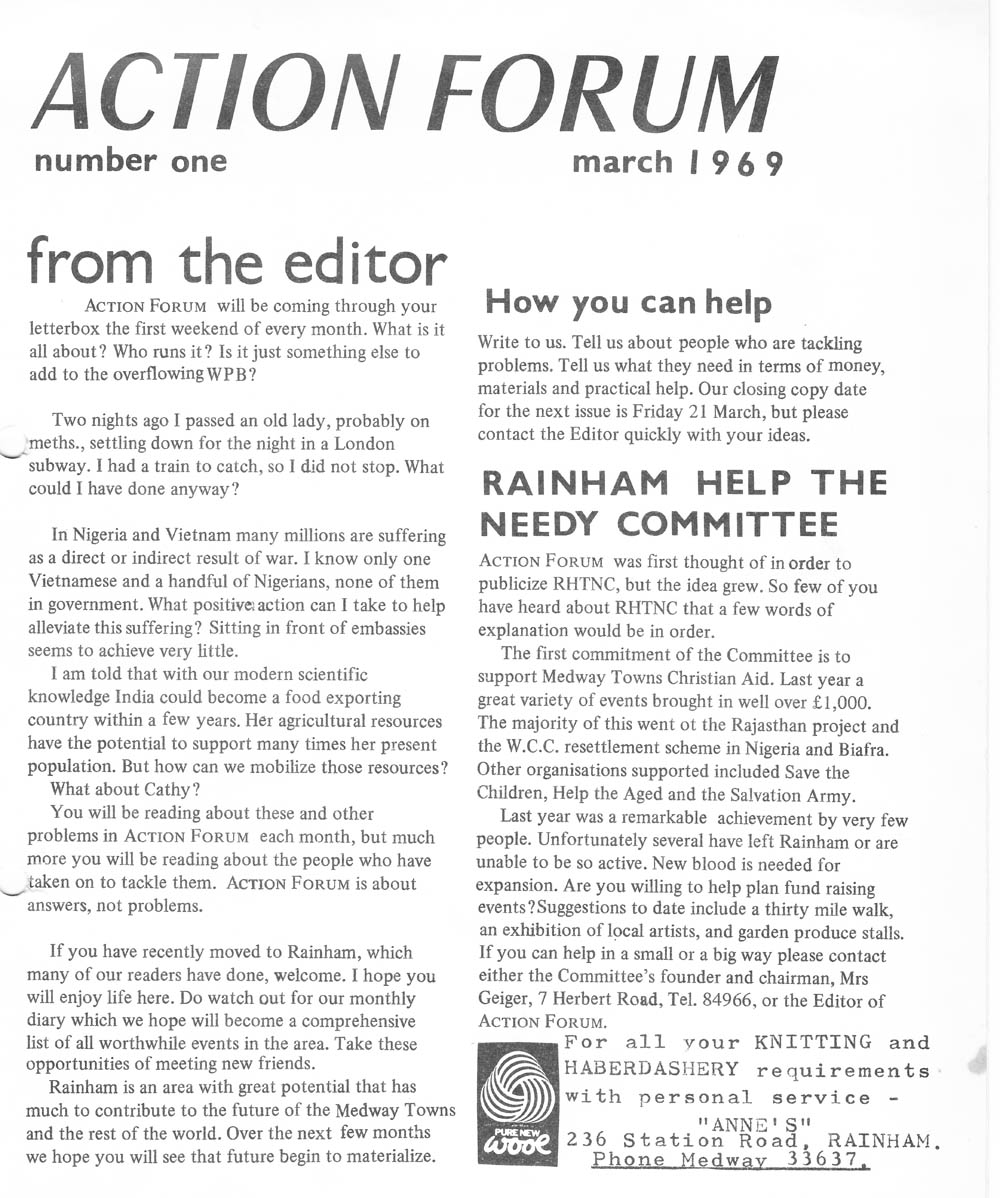History of Berengrave Estate & House
The Berengrave Estate was one of the main large estates in Rainham. Situated along the length of Berengrave Lane, it had been the Queen Court Estate before it was sold by auction in 1824.
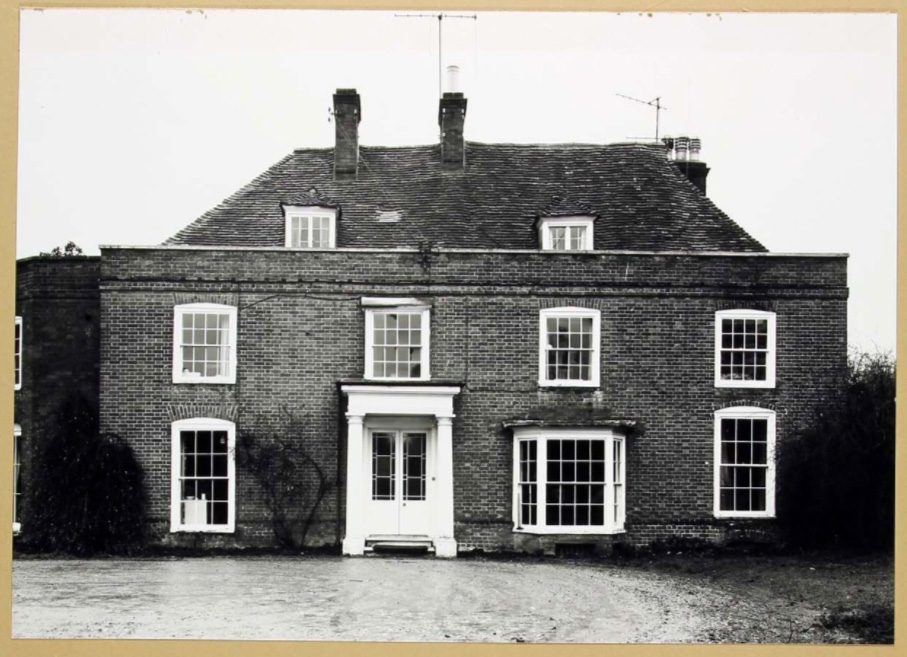
The Holmoaks area is built on the part of the Berengrave Estate, where the actual house stood. Chilton Court seems to be the the site of the actual Berengrave House. Several walls in the area are old boundary walls of the house and were retained as much a possible when the modern estate was built.
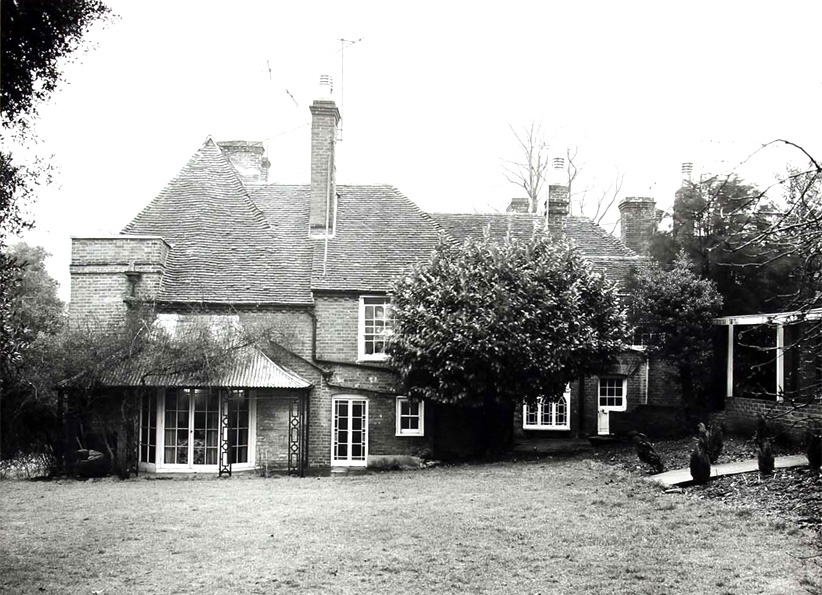
The Chilton Court development has actually got 16 houses, not 14. The other two are actually in Berengrave Lane, next to the white bungalow. Those two and the two next to them in Chilton Court are built, it was said, in the carriage drive to the big house. The big house had cellars, which is a bit worrying........Presumably they were made safe when the development was done. It is thought that the house lay diagonally across the site, so it’s possible the cellars are actually under the road. No one has disappeared yet, as far as we are aware.
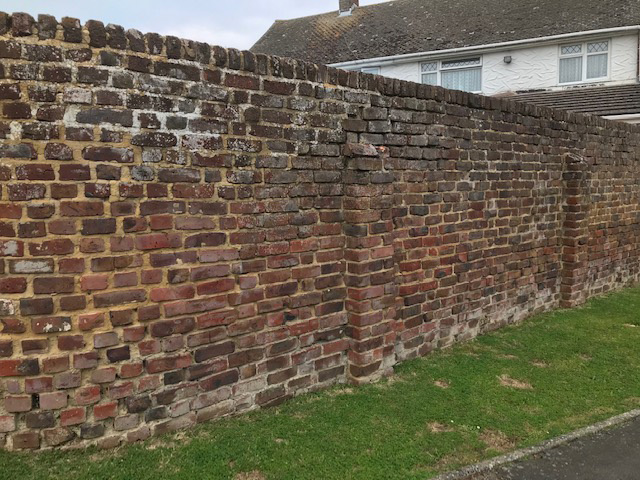
The well found in one of the gardens has had to be filled in as it was rather dangerous.
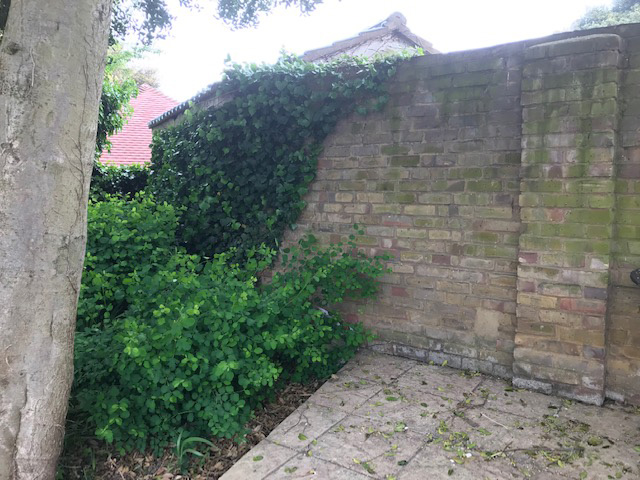
Location of the estate compared to the modern road layout
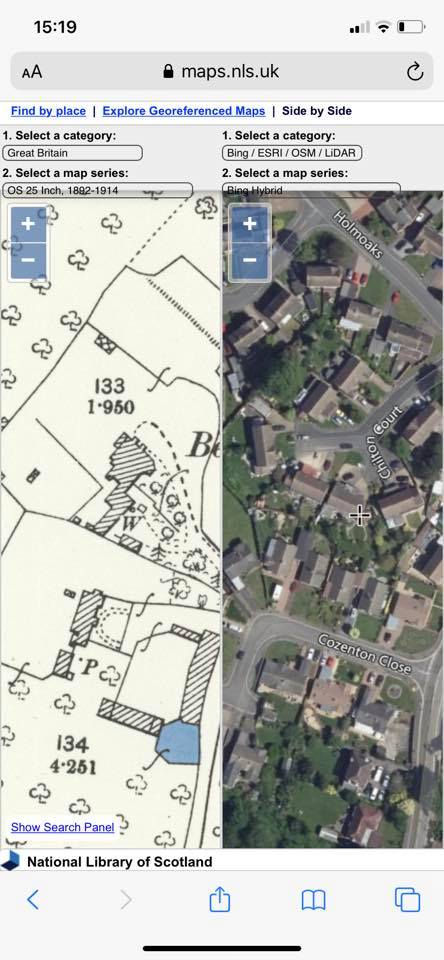
The extracts from the following document seems to be associated in some way with a decision about the future of Berengrave House. No idea what this was in relation to, but the actual typewritten document is not very well presented or written.
This is a small section from what was probably a longer report written around 1969 relating to the Berengrove Park Nursing Home, Berengrave Lane, Rainham.
It goes on to say “I shall report on three aspects of the above property’
1). It’s historic and aesthetic value
2). It’s state of repair.
3). It’s potential for conversion and future use.
“Occupation of the site can apparently be traced back to Doomsday when it was owned by the Crown and used for a hunting lodge. This oldest building being destroyed in a relatively recent fire.
The land was given in alms by the Crown to St Catherine’s hospital and leased to Rochester Cathedral who used it together with Cozenton as a monastery.
The existing building dates, I would suggest, in parts from the 16th Century to the present time, the main front being late 18th century.
The building does possess a picturesque charm resulting from the mellowing by time of a piece meal construction but could not be described as a good example of any of the periods of architectural style represented in it”.
The state of repair section indicates that it leaves a lot to be desire in terms of the condition of the roof, walls, floors, structural woodwork, chimneys, windows and electrical wiring amongst other things.
“Assuming that their present condition would require the replacement of ground, first and second floors thus enabling changes of level the potential for conversion with a great deal of work and the possible incorporation of lift might possibly make it able to continue in its present use or as an old people’s home. Conversion to flats might be possible, or offices for an organisation requiring mostly small spaces. Or it might be employed as a children’s home, but would be lacking any larger spaces for a school or youth club”.
The conclusions go on to say: “It seems doubtful whether this building should be saved on aesthetic grounds, but should it be extensively repaired and altered it would make an attractive building”.
All floors and the roof would need to be replaced, brickwork repointed and joinery replaced for safe occupation.
In 1971 the houses in Chilton Court. where it seems likely Berengrave House stood, just off Holmoaks, were built.
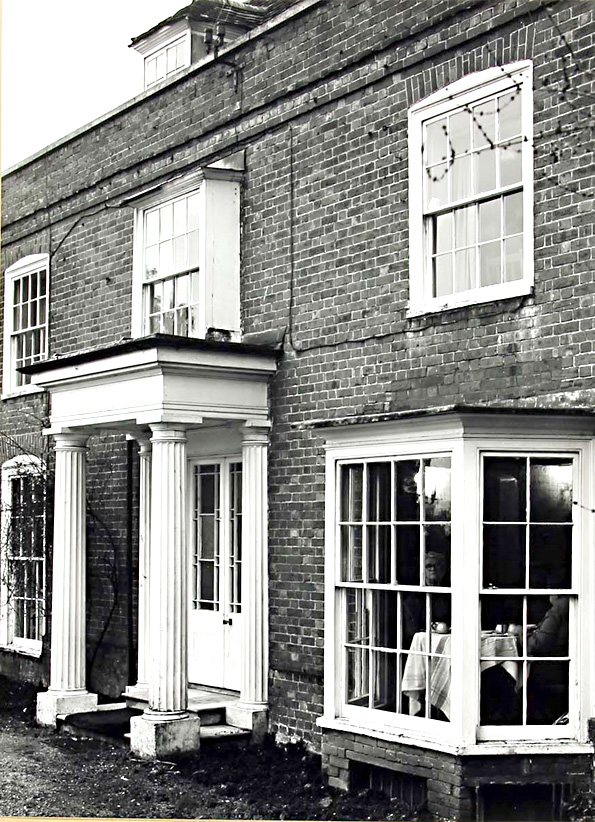
——————————————————————————————————————————
From a letter from Alan Major in 2019 when shown the copy of Action Forum about Berengrave House.
Is the Berengrave House in Berengrave Lane the same one that had an orchard down to the Cricket Field with a photo of the boys by the gate in the traffic-less lane?
I went to that house many times when a retired Col Iremonger and his wife lived there in the 1940s-50s. He was involved with various organisations and at the local printers where I worked (Panda Press) we did his varied printing, forms, instructions etc.
Surely they haven’t demolished that lovely old house?
Me and my father used to pick some of his fruit for him; for some reason he had a lot of damson trees and we picked them. We were paid by the hour, otherwise it would have taken a month of Sunday’s to fill a Kipsey bucket for a fixed sum.
One Saturday afternoon I was in the garden at 21 Tufton Road when a hit and run German bomber flew over the area. The bomb doors opened and a large bomb was dropped out. He was obviously intending to destroy the bridge in Berengrave Lane carrying the railway line but the bomb veered away from the line and fell in Col Iremongers orchard and smashed all the greenhouses’.
Following the publication of this article Robin Kemp posted a couple of photos of metal artefacts he'd discovered in his garden. One appears to be part of the fence that originally surrounded the front of the house and the other seems to be some form of agricultural tool.
